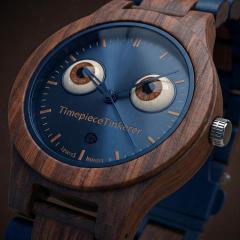Loose barrel cover
-
Recently Browsing
- No registered users viewing this page.
-
Topics
-
Posts
-
By HectorLooi · Posted
Pretty decent close-up photos can be acheived with a clip-on macro lens attached to a handphone. 15x Micro Lens Pink Phone Camera Lens Clip Light for Manicure Beauty Eyelash Nails Macro Photography Lighting Tool Adjustable https://a.aliexpress.com/_mP5iKcR -
By TimepieceTinkerer · Posted
Hi all, Update: Thanks to everyone who responded — I really appreciate the help! It turns out the issue was caused by a loose cannon pinion on the main plate, which prevented the train wheels from sitting correctly. That’s why the movement wouldn’t tick with the balance in place, and the pallet fork appeared to "float" without engaging. Once that was fixed, everything snapped into place and started working as it should. I had replaced the pallet fork because I accidentally broke the pivot on the original one. @Neverenoughwatches P.S. I definitely need to upgrade my photo setup for situations like this — it's really difficult to capture clear views of small parts with a normal phone camera. -
Hello everyone from Idaho. I started up the hobby about two years ago and love it. My latest repair, that I'm very proud of, is an Oris big crown pointer date 7400B. I'm excited to learn and to help out where I can.
-
Welcome to the forum. You need a 393-00598.
-





Recommended Posts